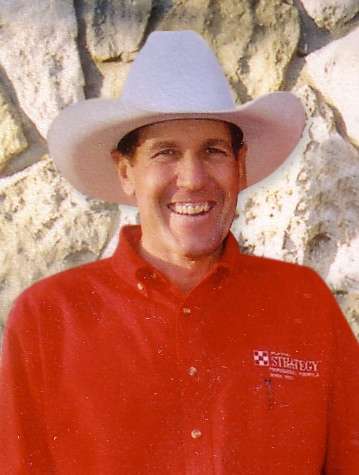Exactly what does it mean when calves are advertised as and sold as “preconditioned”?
“Preconditioning programs involve a series of ranch management practices to improve health and nutrition of calves,” said David Lalman.
“Preconditioning adds value to calves for buyers, which benefits cow-calf producers,” according to the Oklahoma State University Extension animal scientist, Stillwater.
By strict definition, preconditioning is “a vaccination, nutritional, and management program.”
It is designed to prepare young cattle to best withstand the stresses of adjustment when they leave their point of origin and enter the channels of trade.
Preconditioning is not a new idea but has received considerable attention in recent years.
That’s due to interest in value-added programs for cow-calf producers, beef quality assurance programs, and beef industry strategic alliances.
“Purpose of preconditioning is to reduce stress in calves at weaning, improve the immune system, and boost performance in post-weaning,” Lalman said.
That includes stocker production and cattle feeding, and in carcass performance, higher grading carcasses with fewer defects.
There are actually different levels of preconditioning. Often, calves will be advertised with “one round of shots,” while others are credited with “two rounds of shots.” Both are considered preconditioning, of sort.
In certain certified preconditioning programs, calves must be weaned for a minimum of 45 days.
They have to be vaccinated twice with IBR, BVD, BRSV, PI3 as well as, clostridial and Pasteurella Pneumonia vaccines. That is to be done 21 days prior to sale.
The cattle must be castrated, dehorned and healed, dewormed, and treated for external parasites.
“Common preconditioning programs cost cow-calf owners about $60 per head,” Lalman said.
That depends on the nutrition ration, health of calves, and length of the preconditioning program.
One common question is whether or not preconditioning programs add sufficient value to feeder calves to offset the added costs.
“Evidence supports the importance health makes to stocker, feedlot, and carcass performance, and profitability.” Lalman emphasized.
Research has indicated preconditioning increases feedlot and carcass performance while reducing feedlot morbidity and mortality rates and lowering medicine costs.
Performance gains included higher average daily gains, improved feed conversion, and lower cost of gain.
Sickness in the feedlot reduces the percentage of Choice grade carcasses compared with those that have not been sick.
“As cattle feeders continue to increase their use of grid pricing, even more importance will be placed on carcass attributes,” Lalman said.
Since preconditioning programs improve health and thriftiness of calves, producers can expect a price premium due to the improved health of preconditioned calves marketed.
Feedlot managers indicated a significant perceived performance difference favoring preconditioned calves.
Significant benefits were expected for death loss percentage, percentage of sick cattle, average daily gain, feed efficiency, and carcass traits. That includes percent grading Choice and percent of severely discounted carcasses.
Those differences increased the perceived value of preconditioned calves for feedlot managers by $5.25 per hundred
The perceived value expressed by feedlot managers exceeded the value based on market data. “It appears feedlot buyers pay what it takes to purchase preconditioned calves,” Lalman said.
That premium appears to be less than the perceived expected value of preconditioned calves based on feedlot managers’ experience.
“Therefore, for cow-calf producers to receive premium prices closer to the perceived added value for preconditioning programs, more effort should be made to build a reputation for integrity by sellers,” Lalman said.
Preconditioning programs can be profitable for cow-calf producers, but not from the premium price alone that buyers have been found to pay for preconditioned calves.
Several factors contribute to enhanced returns from preconditioning, Lalman repeated,
That includes selling added weight, marketing into a seasonally upward trending market, selling dehorned healthier steers in larger and more uniform lots.
“Producers should recognize that added weight means lower prices, and may increase fleshiness, which often is discounted by feeder cattle buyers.” Lalman emphasized.
CUTLINES
“Preconditioning adds value to calves for buyers, which benefits cow-calf producers,” according to the Oklahoma State University Extension animal scientist David Lalman, Stillwater.
Value of preconditioned calves for feedlot managers is said to be increased by $5.25 per hundred.




